Eileen Gray’s E-1027 launches crowdfunding campaign for restoration of original interiors
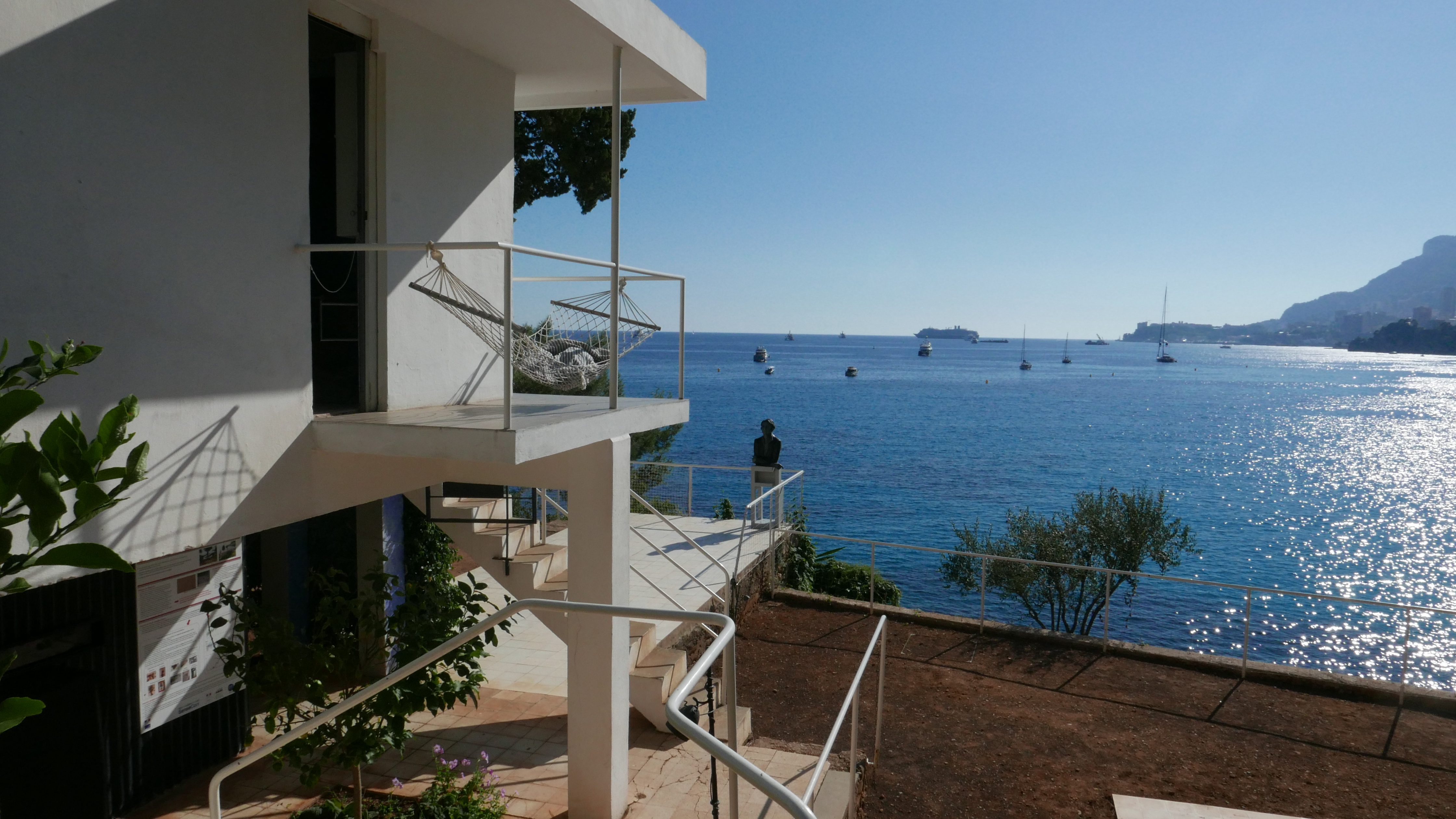
A crowd-funding campaign has been launched to raise money for important restorations to Eileen Gray’s modernist villa E-1027 in the south of France. The house, which reopened in 2015 after crucial structural restoration saved it from falling into complete disrepair, now aims to restore the unique fixed and free-standing furnishings in the dining alcove, using Gray’s original materials and methods and to create disabled access to the villa.
There is much to celebrate about Gray, a contemporary of Le Corbusier, Gray was a tour de force of her time – unbounded in her creative output and a powerful, entrepreneurial female in an era dominated by men.
In 1926, architect Jean Badovici commissioned Gray to design his summer retreat in Roquebrune-Cap-Martin on the coast overlooking the Mediterranean sea. They had met in Paris, and Badovici encouraged Gray to express her creative vision through the design of the house, now an icon of modernist architecture.
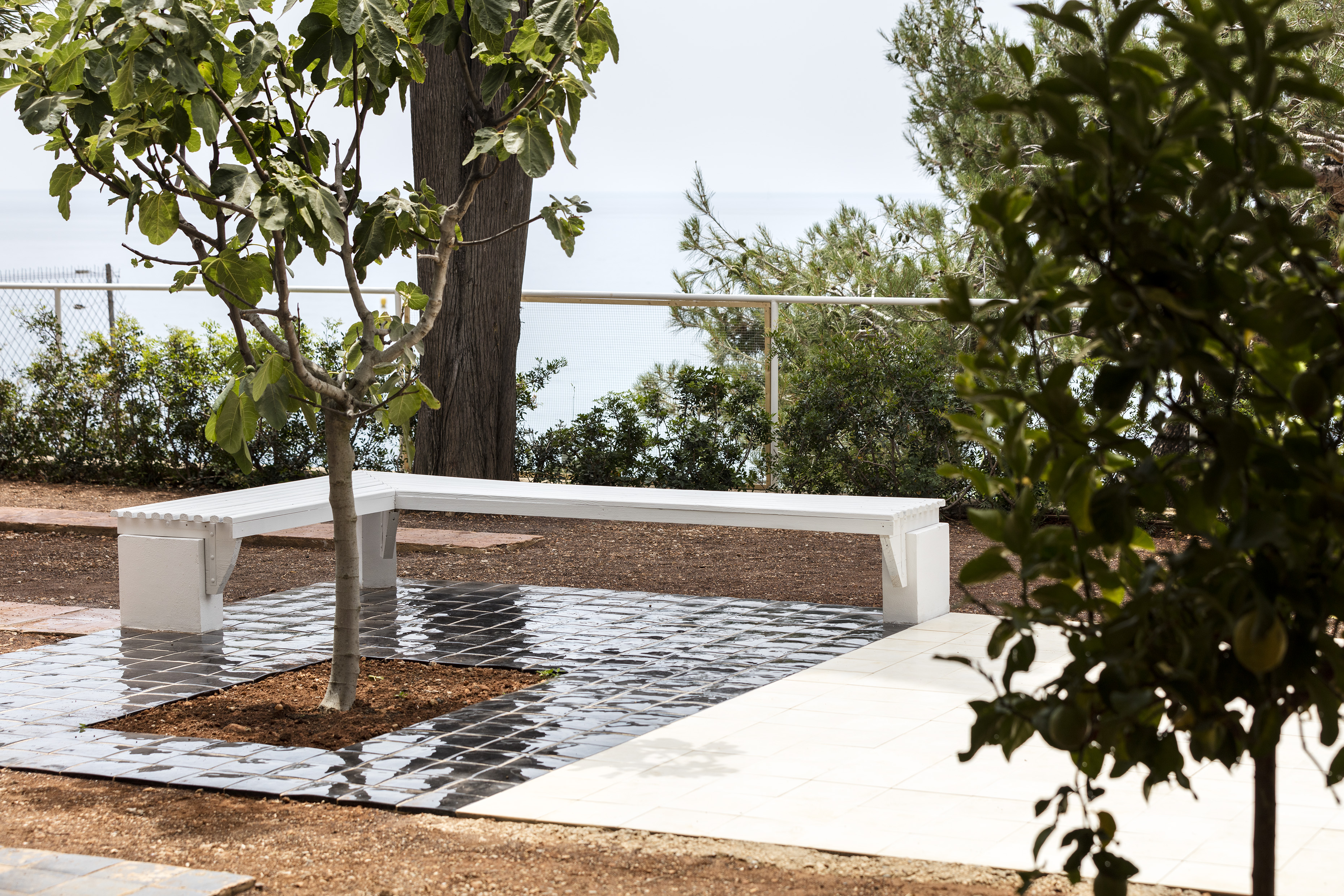
The restored and landscaped garden at E-1027.
Badovici was known for his passion for entertaining so Gray designed a unique dining alcove that combined all his cocktail-making needs into one clever piece. The foldable table transformed the corridor into a bar, while a bespoke container for slices of lemon was placed in convenient reach. No original furnishings exist in the dining room and bar, except Le Corbusier’s colourful mural, which is why the restoration is so important. Photographs, Gray’s drawings and surviving elements of her decoration and furniture that can be found in museums and private collections will provide the source material for the restoration.
A visit to E-1027 today consists of a guided tour around the villa within a group of 12 where a spoken history of the villa is complemented by archive photographs that show how the original interior looked. The planned restoration will help bring the interior back to life, so visitors can experience the true character of the house, how Gray intended it.
‘Eileen Gray was particular and precise in her materials, textures and colours in everything, hence our search for precision in our reconstructions. Her genius is in these details, and we seek to reproduce them precisely,’ says Michael Likierman, director at Cap Moderne, the non-profit association set up in 2014 to preserve the villa for the public.
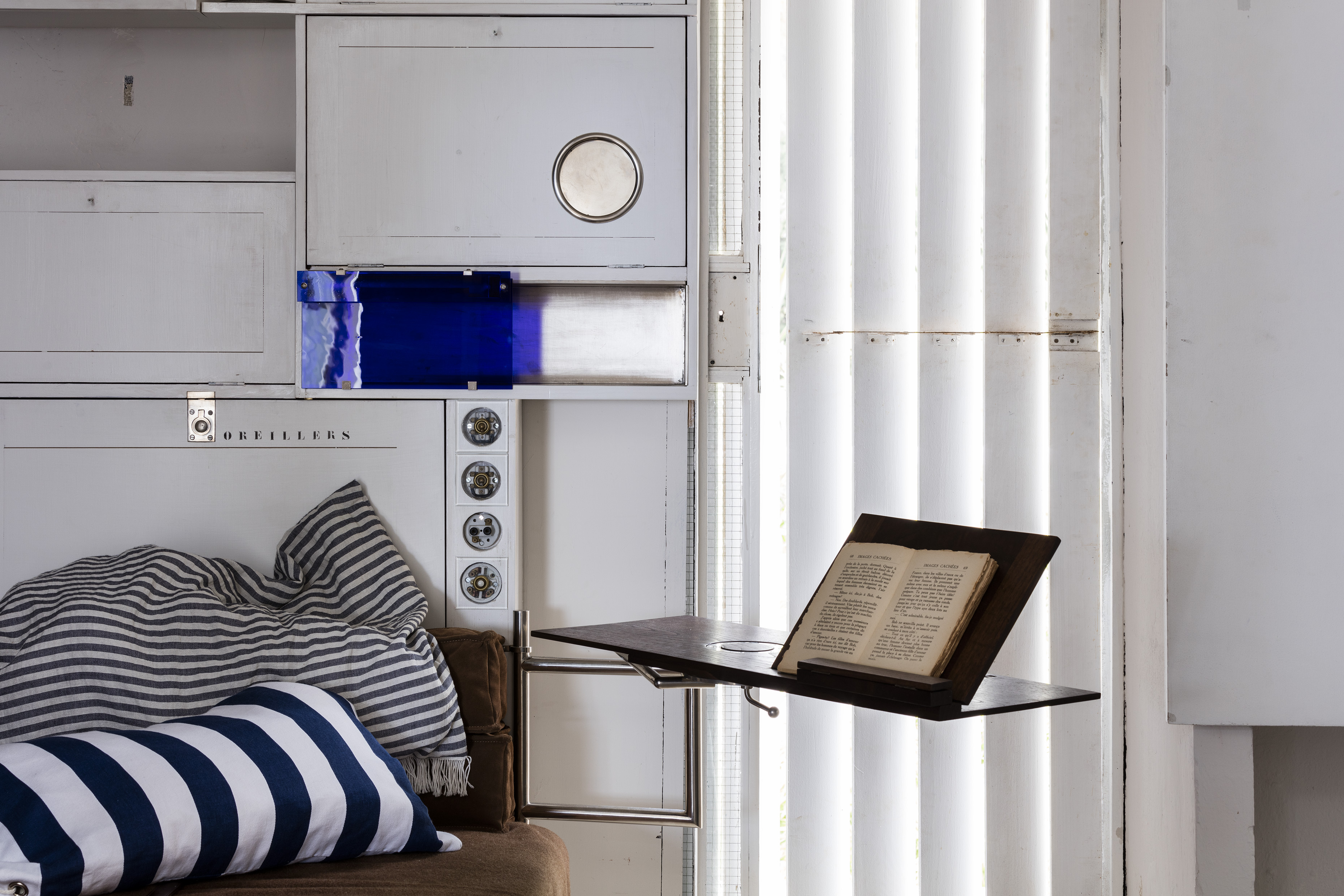
Interiors in one of the bedrooms at E-1027.
E-1027 was rescued from dilapidation by the Cap Moderne association, set up by the Conservatoire du Littoral. Prior to 2014, and after Gray moved out in 1932, the house had experienced a tumultuous time falling into disrepair from neglect, used for target practice by German soldiers during the Second World War, and the site of a murder in the 1990s.
Thanks to the Cap Moderne, the Conservatoire du Littoral and the Friends of E-1027 group, the villa opened to the public in 2015 and since then visitor numbers have been on a steady and steep incline since the opening in 2015. They’re projected to double by the end of this year’s season which runs from May to October.
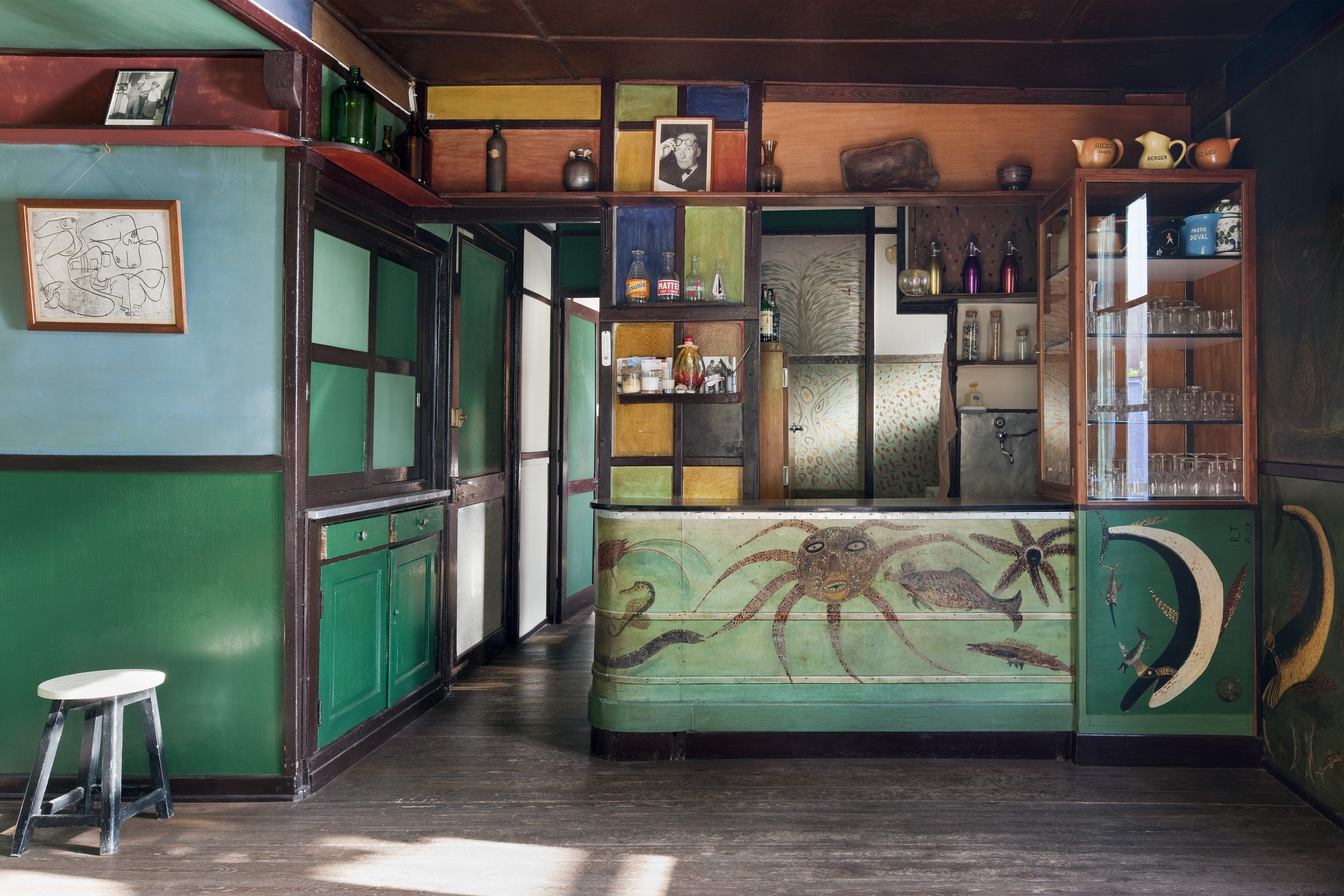
L’Étoile de Mer.
This month, creatives across the world are rallying together to help raise money towards the continuing restoration and improved facilities at E-1027. Designer Faye Toogood has joined the campaign in support, referencing Gray as an important inspiration to her: ‘As a female designer, I’ve long been inspired by her legacy as a rare female pioneer in the world of design. E-1027 is a radical modernist masterpiece and having suffered disrepair and near dereliction; this pertinent crowdfunding initiative will ensure its protection and is therefore crucial,’ she says.
Photographer François Halard has created some exclusive images of E-1027 and other rewards have been offered for those who contribute towards the campaign. Join Halard and Toogood to support the campaign before it ends on Saturday 10 November 2018.
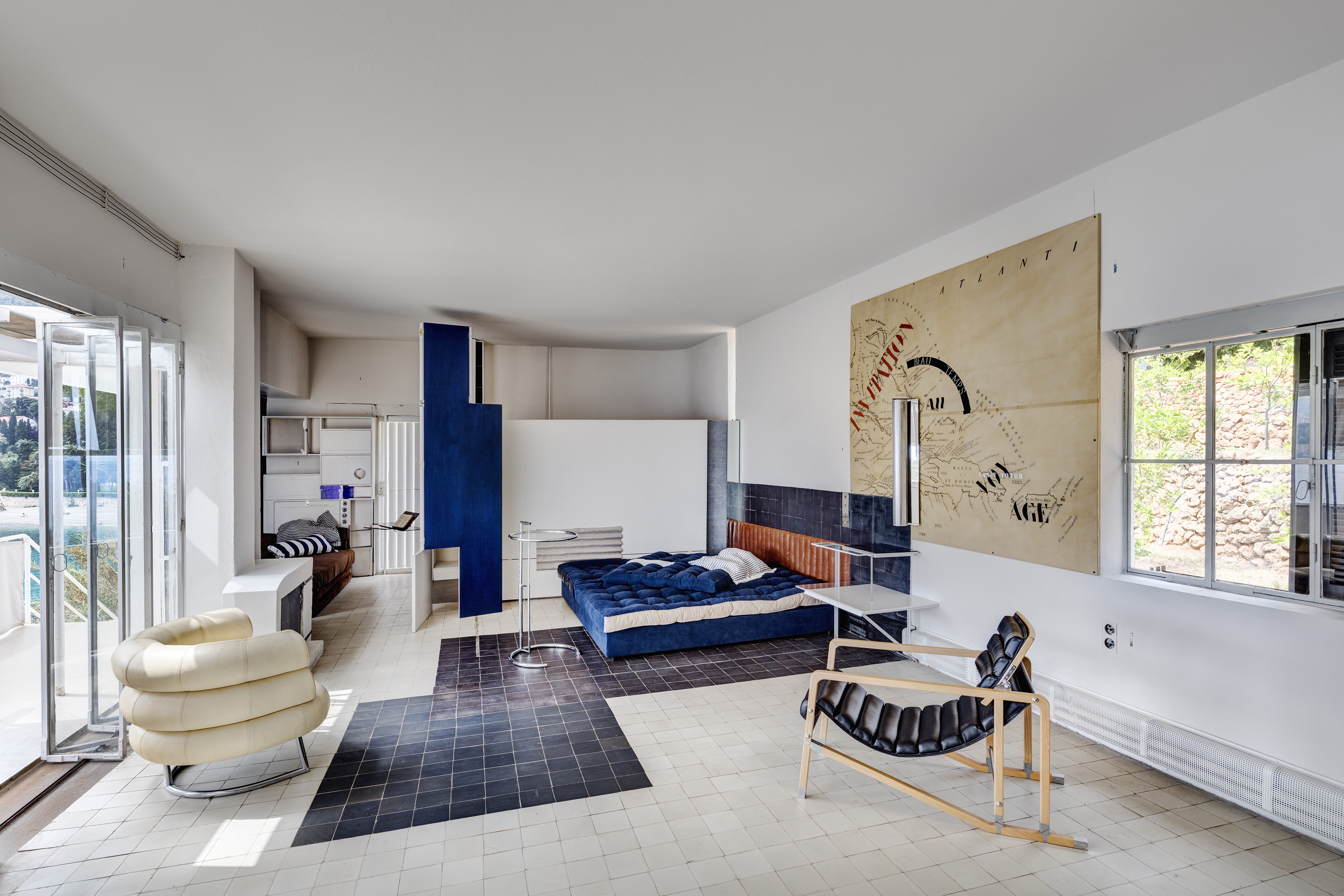
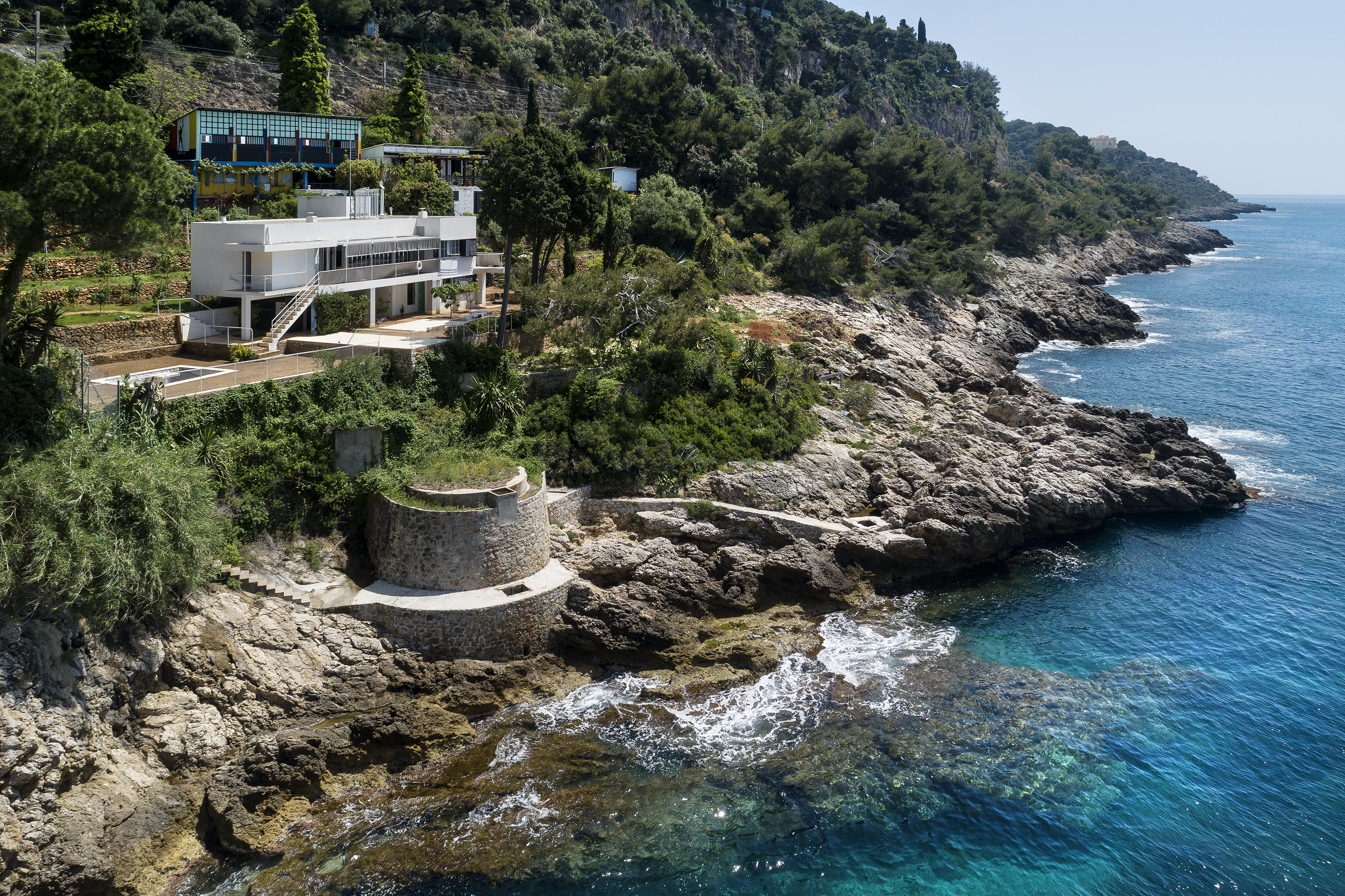
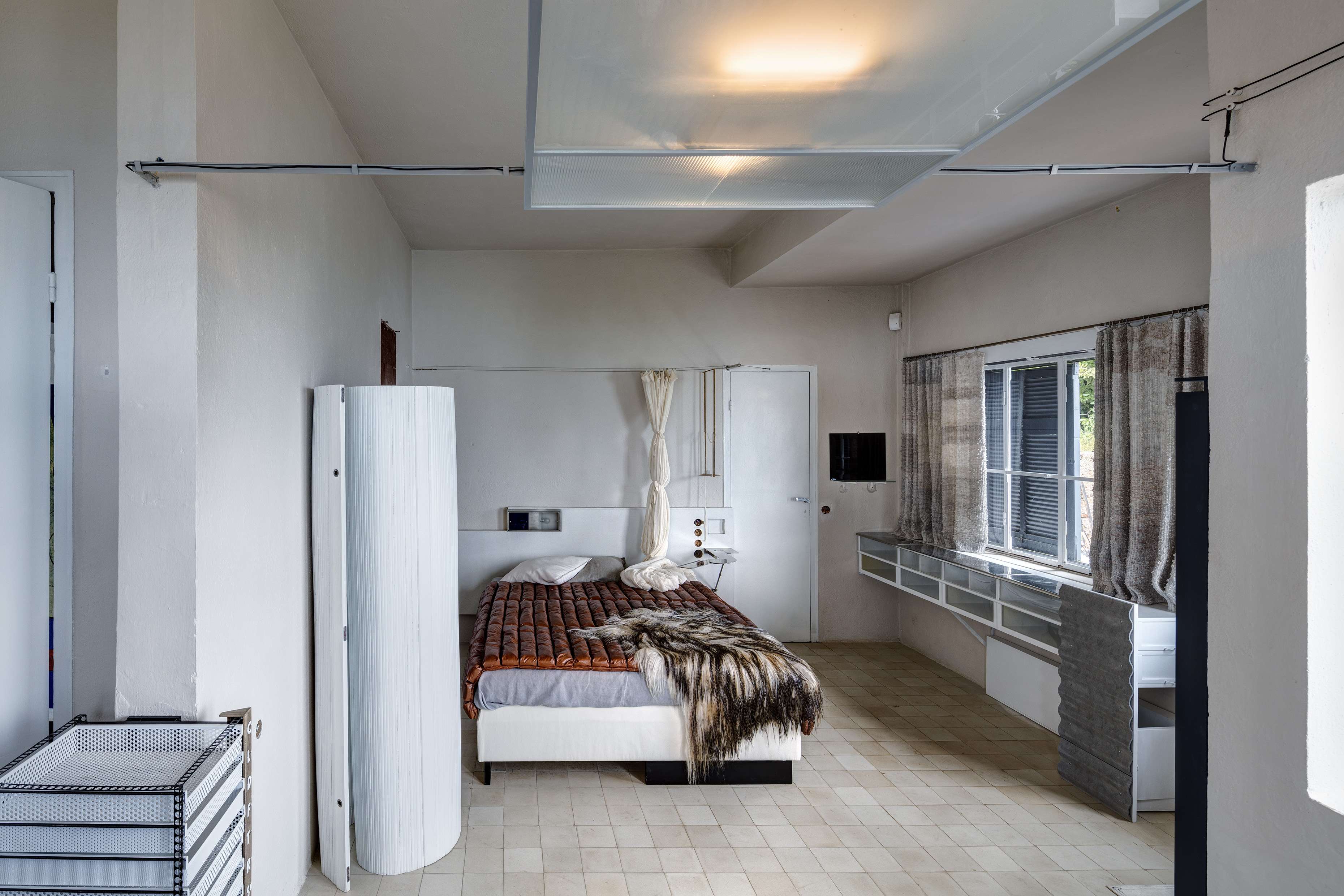

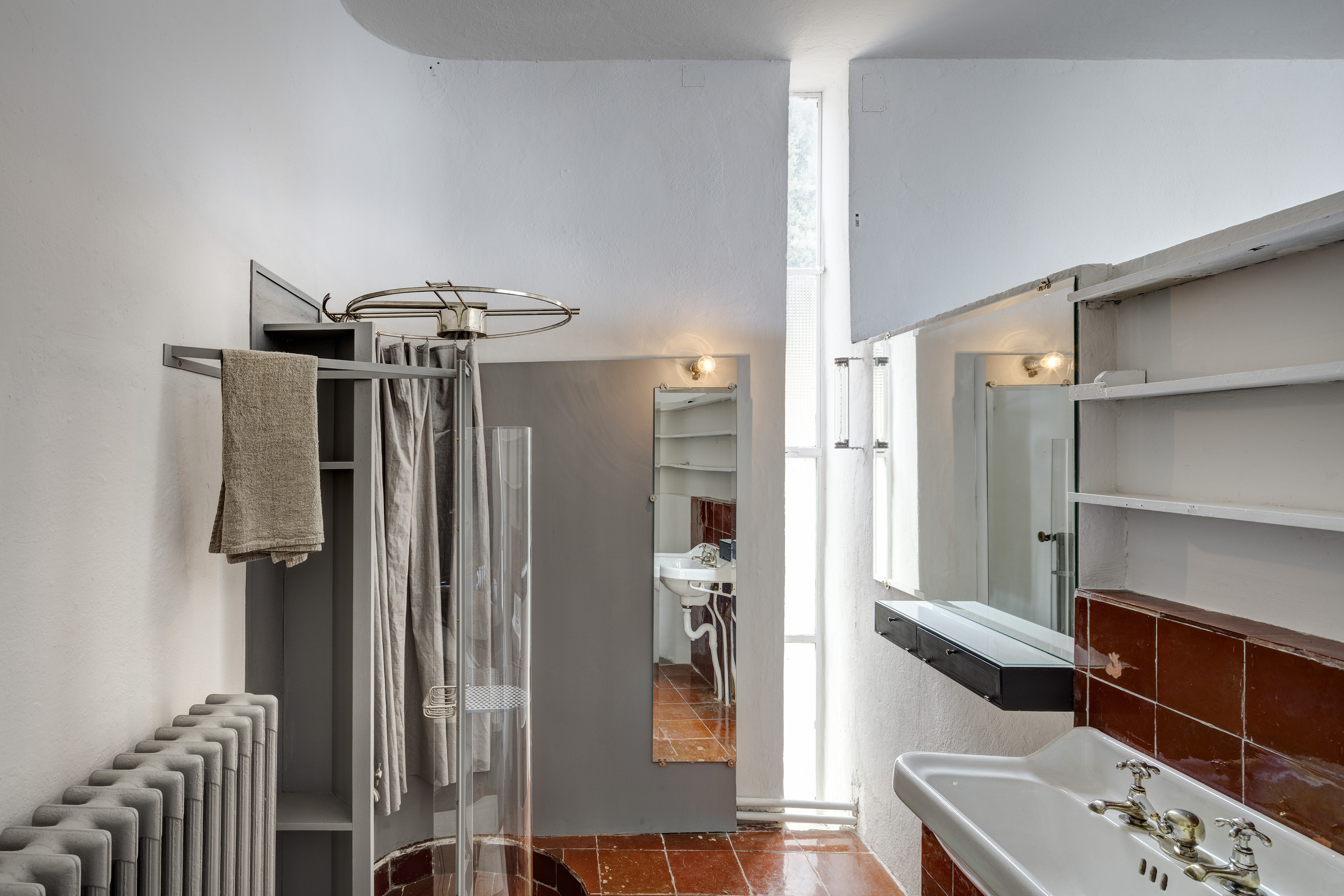
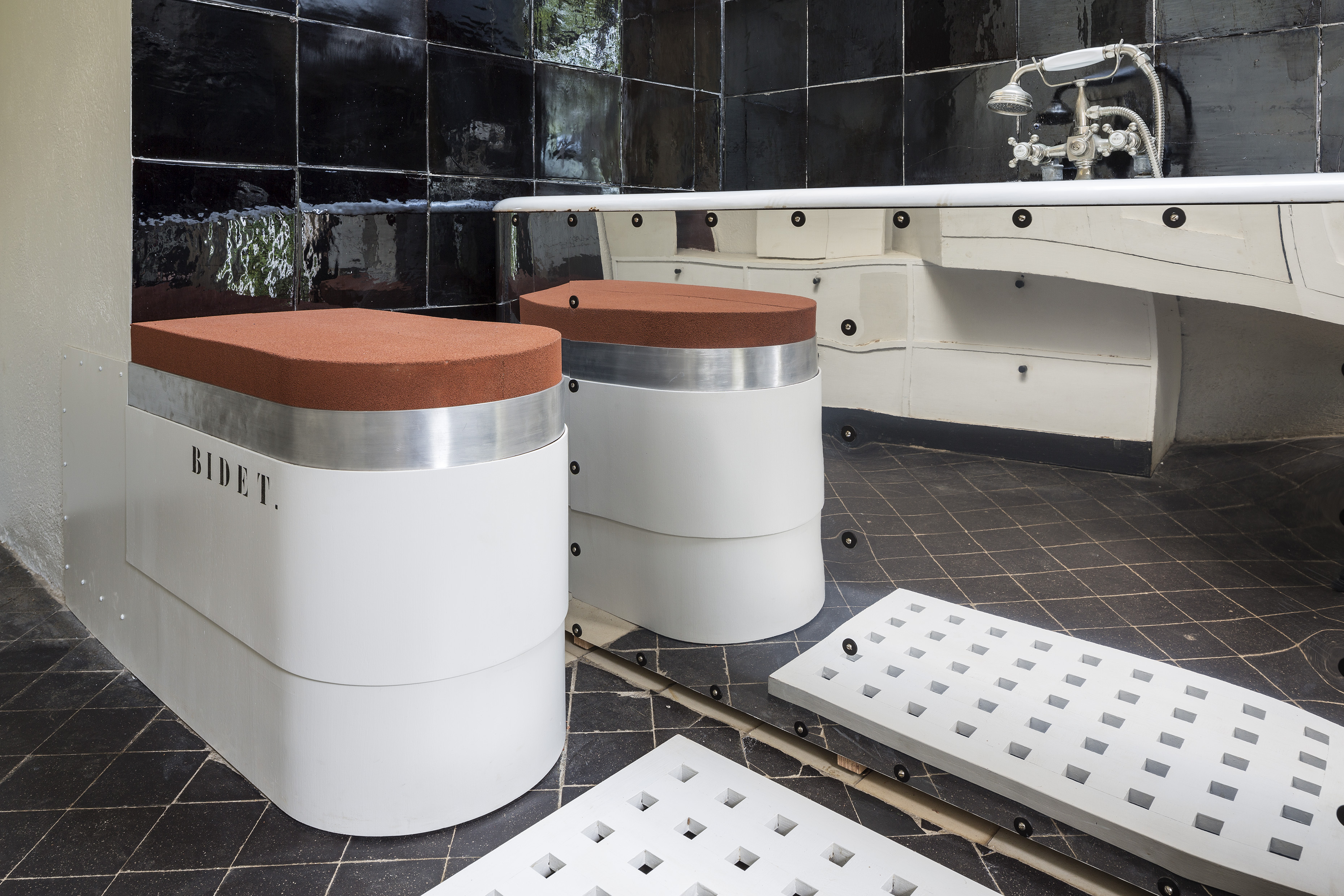
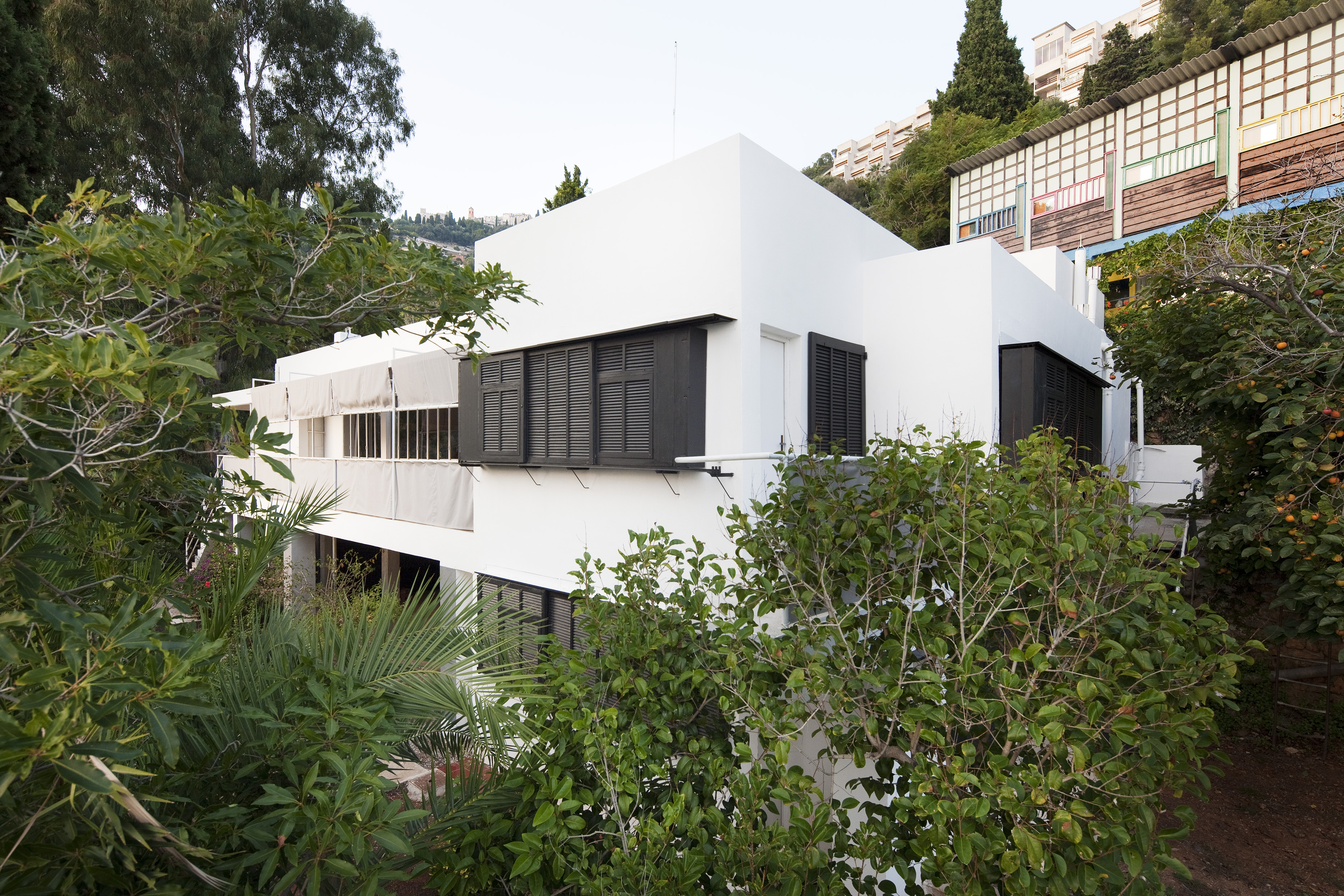
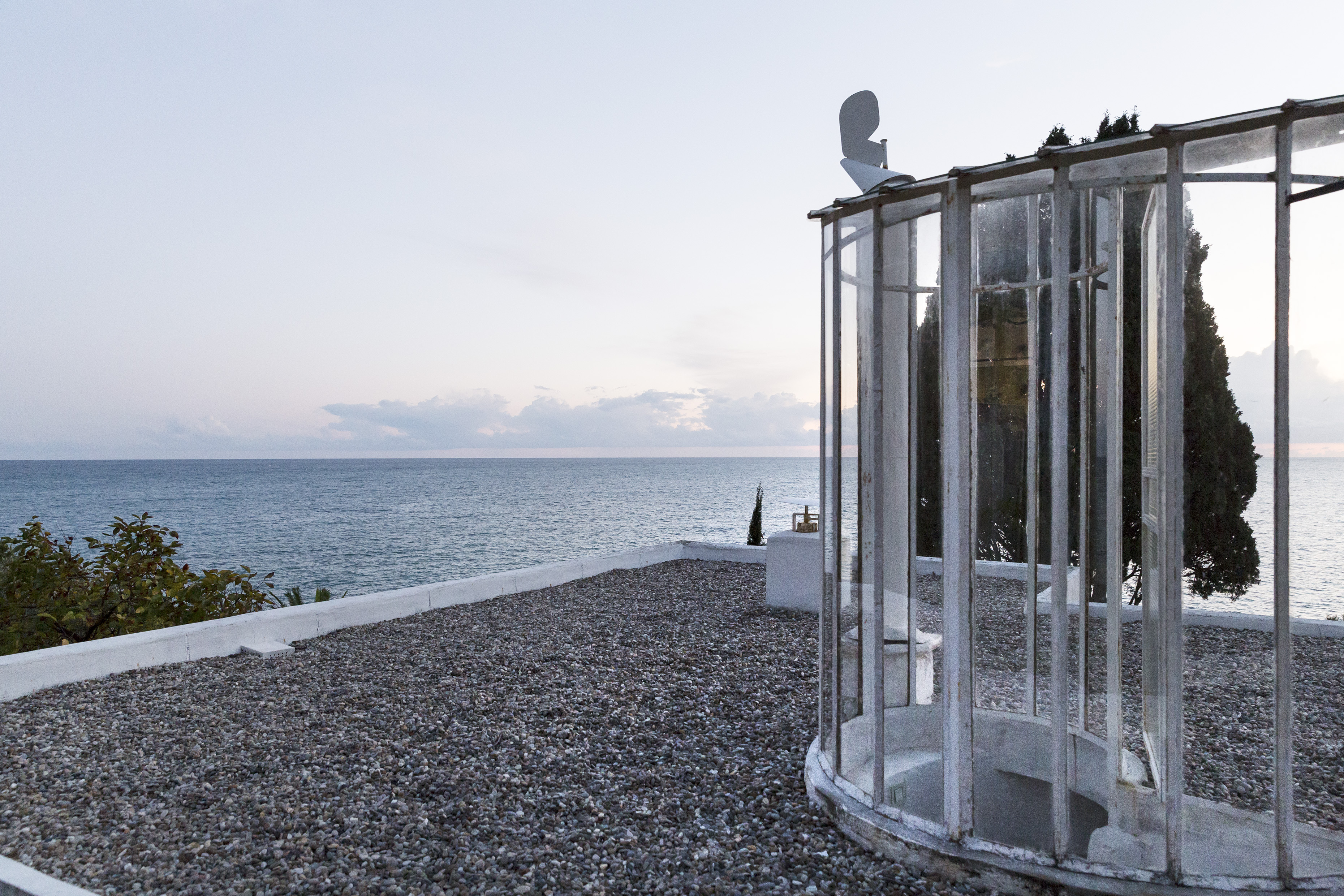
INFORMATION
For more information, visit the Cap Moderne website and the crowdfunding campaign website.
Receive our daily digest of inspiration, escapism and design stories from around the world direct to your inbox.
Harriet Thorpe is a writer, journalist and editor covering architecture, design and culture, with particular interest in sustainability, 20th-century architecture and community. After studying History of Art at the School of Oriental and African Studies (SOAS) and Journalism at City University in London, she developed her interest in architecture working at Wallpaper* magazine and today contributes to Wallpaper*, The World of Interiors and Icon magazine, amongst other titles. She is author of The Sustainable City (2022, Hoxton Mini Press), a book about sustainable architecture in London, and the Modern Cambridge Map (2023, Blue Crow Media), a map of 20th-century architecture in Cambridge, the city where she grew up.
-
 Volvo’s quest for safety has resulted in this new, ultra-legible in-car typeface, Volvo Centum
Volvo’s quest for safety has resulted in this new, ultra-legible in-car typeface, Volvo CentumDalton Maag designs a new sans serif typeface for the Swedish carmaker, Volvo Centum, building on the brand’s strong safety ethos
-
 We asked six creative leaders to tell us their design predictions for the year ahead
We asked six creative leaders to tell us their design predictions for the year aheadWhat will be the trends shaping the design world in 2026? Six creative leaders share their creative predictions for next year, alongside some wise advice: be present, connect, embrace AI
-
 10 watch and jewellery moments that dazzled us in 2025
10 watch and jewellery moments that dazzled us in 2025From unexpected watch collaborations to eclectic materials and offbeat designs, here are the watch and jewellery moments we enjoyed this year
-
 The Architecture Edit: Wallpaper’s houses of the month
The Architecture Edit: Wallpaper’s houses of the monthFrom wineries-turned-music studios to fire-resistant holiday homes, these are the properties that have most impressed the Wallpaper* editors this month
-
 This modernist home, designed by a disciple of Le Corbusier, is on the market
This modernist home, designed by a disciple of Le Corbusier, is on the marketAndré Wogenscky was a long-time collaborator and chief assistant of Le Corbusier; he built this home, a case study for post-war modernism, in 1957
-
 Louis Kahn, the modernist architect and the man behind the myth
Louis Kahn, the modernist architect and the man behind the mythWe chart the life and work of Louis Kahn, one of the 20th century’s most prominent modernists and a revered professional; yet his personal life meant he was also an architectural enigma
-
 The Architecture Edit: Wallpaper’s houses of the month
The Architecture Edit: Wallpaper’s houses of the monthFrom Malibu beach pads to cosy cabins blanketed in snow, Wallpaper* has featured some incredible homes this month. We profile our favourites below
-
 Three lesser-known Danish modernist houses track the country’s 20th-century architecture
Three lesser-known Danish modernist houses track the country’s 20th-century architectureWe visit three Danish modernist houses with writer, curator and architecture historian Adam Štěch, a delve into lower-profile examples of the country’s rich 20th-century legacy
-
 The Architecture Edit: Wallpaper’s houses of the month
The Architecture Edit: Wallpaper’s houses of the monthThis September, Wallpaper highlighted a striking mix of architecture – from iconic modernist homes newly up for sale to the dramatic transformation of a crumbling Scottish cottage. These are the projects that caught our eye
-
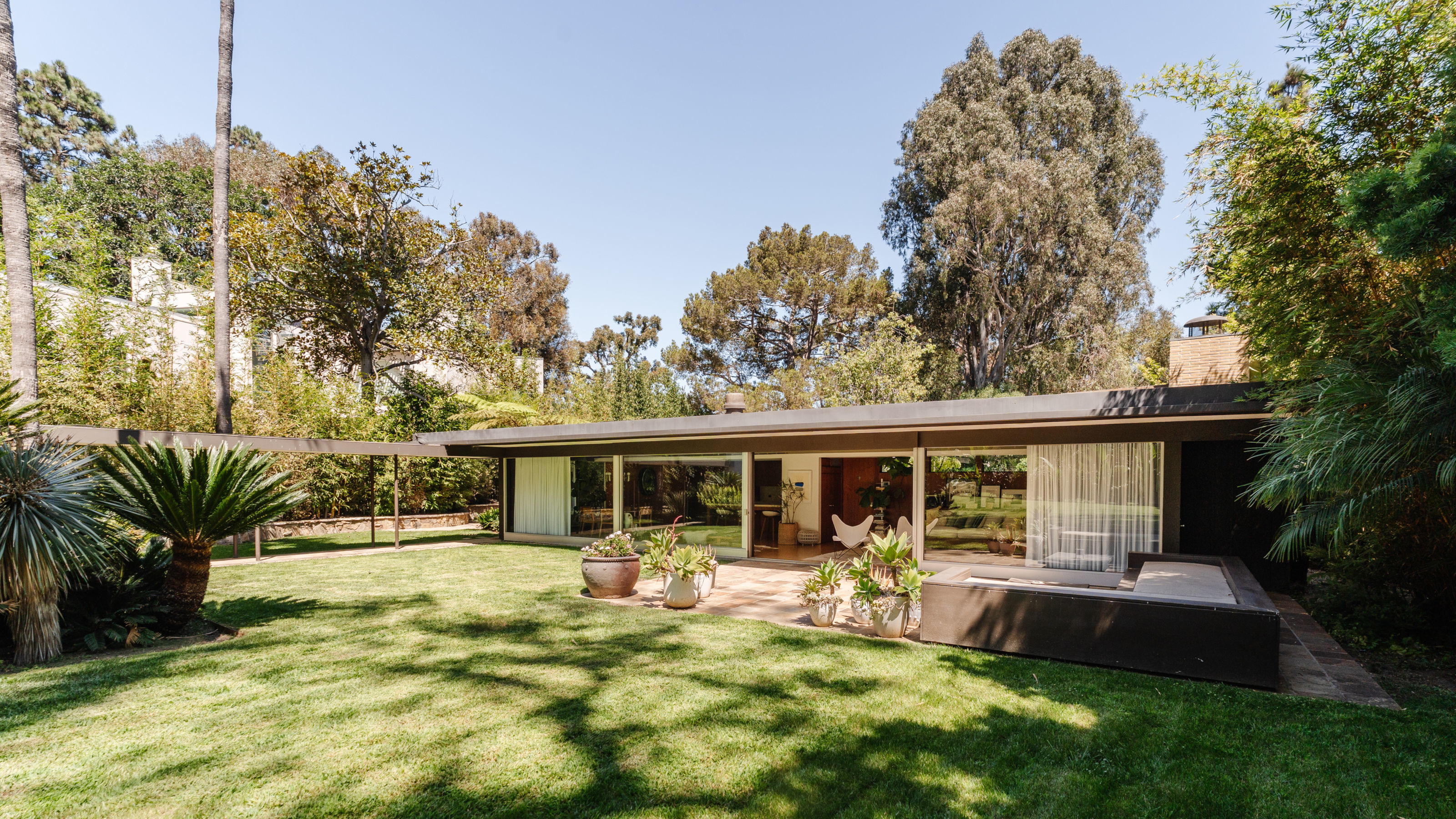 Richard Neutra's Case Study House #20, an icon of Californian modernism, is for sale
Richard Neutra's Case Study House #20, an icon of Californian modernism, is for salePerched high up in the Pacific Palisades, a 1948 house designed by Richard Neutra for Dr Bailey is back on the market
-
 An apartment is for sale within Cité Radieuse, Le Corbusier’s iconic brutalist landmark
An apartment is for sale within Cité Radieuse, Le Corbusier’s iconic brutalist landmarkOnce a radical experiment in urban living, Cité Radieuse remains a beacon of brutalist architecture. Now, a coveted duplex within its walls has come on the market